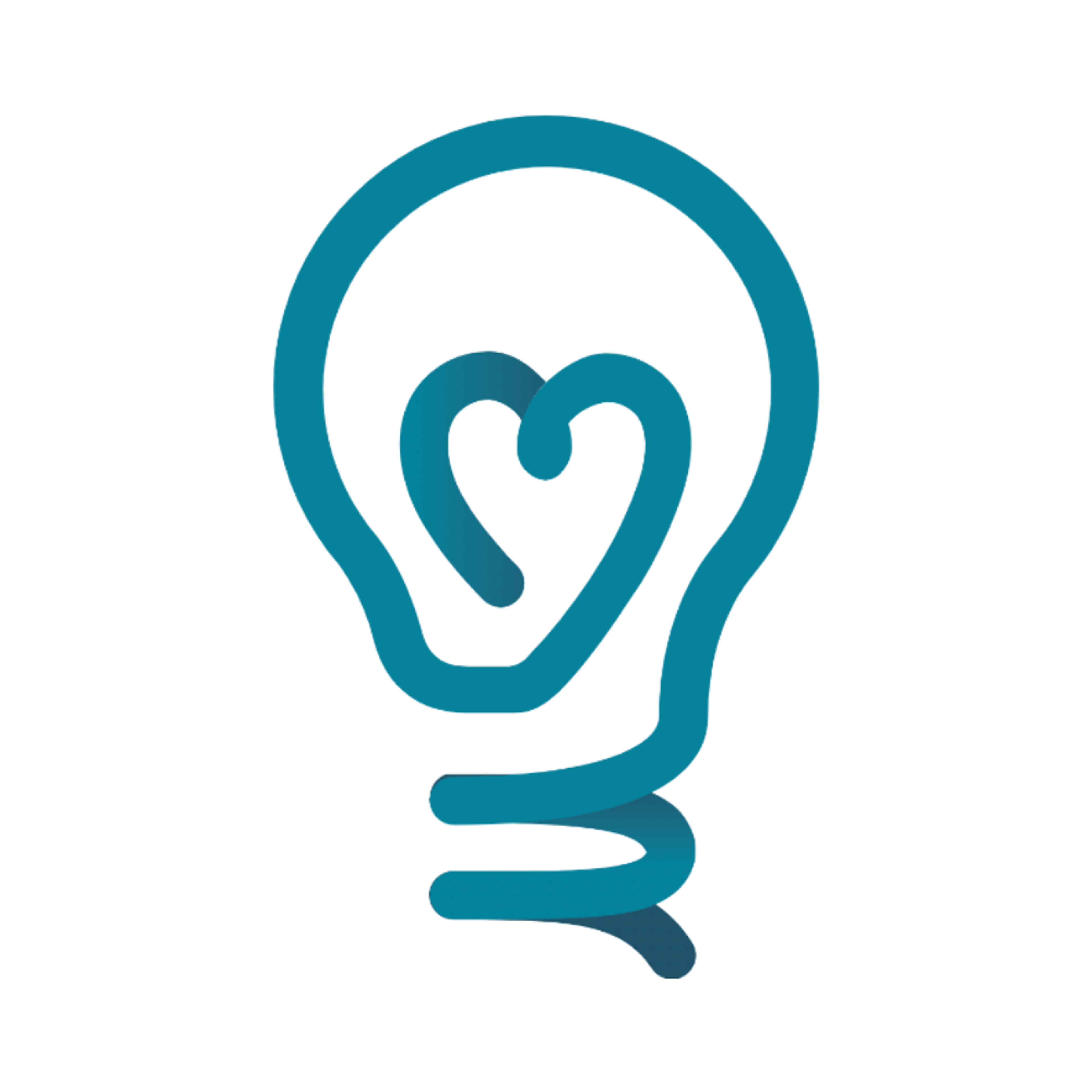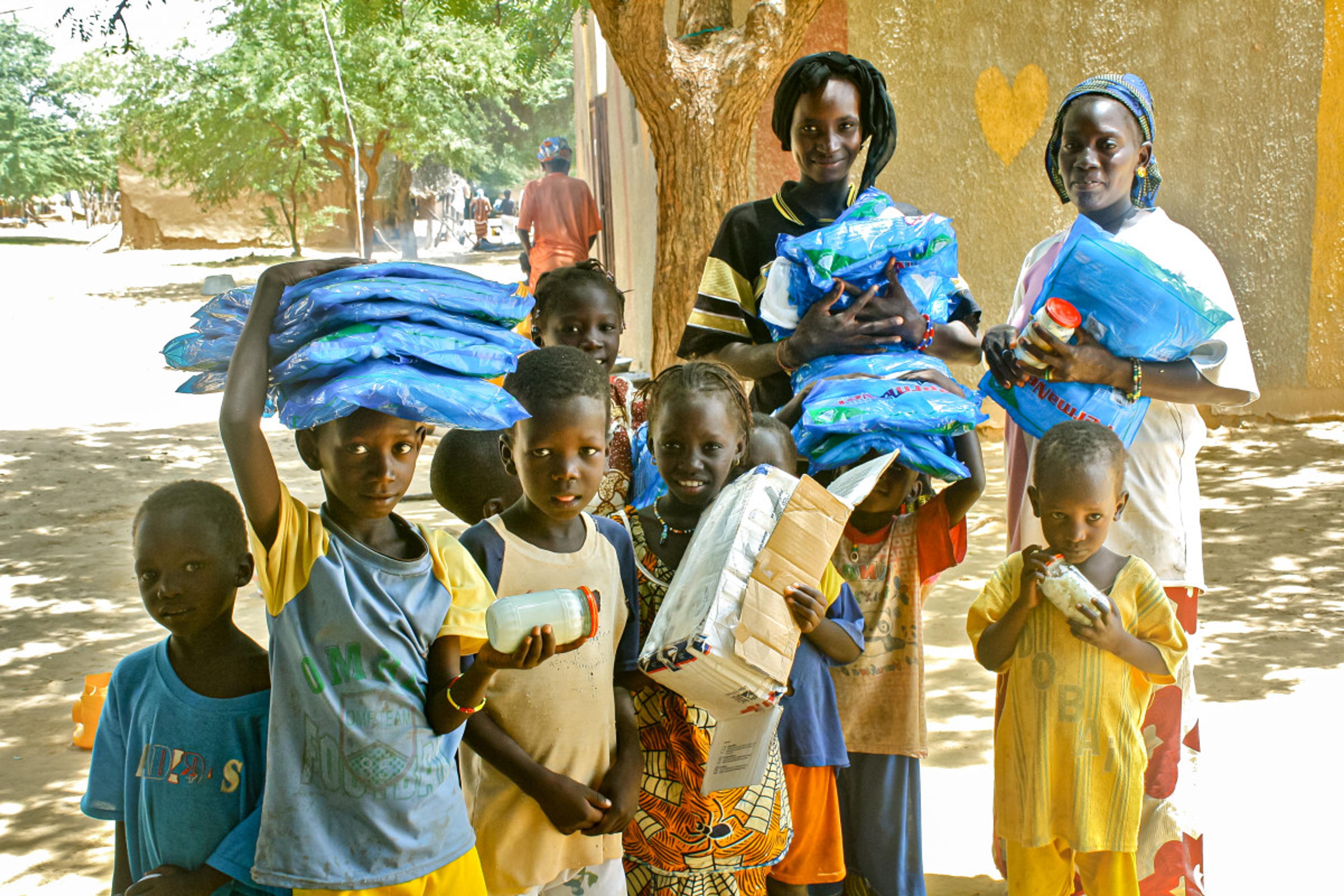
Effective Altruism Funds
Global Health & Development Fund
The Global Health & Development Fund aims to improve the health and economic empowerment of people around the world as effectively as possible by granting to promising global health and development projects.

What problem is the Global Health and Development Fund working on?
The Global Health and Development Fund recommends grants with the aim of improving people's lives, typically in the poorest regions of the world where the need for healthcare and economic empowerment is greatest.
What projects does the Global Health and Development Fund support?
This Fund primarily supports projects that:
- Directly provide healthcare or preventive measures that will improve health, wellbeing, or life expectancy.
- Directly provide services that raise incomes or otherwise improve economic conditions.
- Provide assistance to governments in the design and implementation of effective policies.
The Fund manager recommends grants to GiveWell’s top charities as a baseline, but will recommend higher-risk grants they believe to be more effective (in expectation) than GiveWell’s top charities. As such, the Fund makes grants with a variety of different risk profiles.
Recent grant recipients include:
- Malaria Consortium — seasonal malaria chemoprevention programme support.
- IRD Global — support for the tuberculosis team working in Karachi, Pakistan.
- Against Malaria Foundation — to purchase antimalarial bednets for campaigns in Nigeria in 2023.
- Center for Global Development — to research the effects of lead exposure on economic and educational outcomes, and run a working group that will author policy outreach documents and engage with global policymakers.
In addition, the Global Health and Development Fund has a broad remit, and may fund other activities whose ultimate purpose is to serve people living in the poorest regions of the world — for example, by raising additional funds (e.g. One for the World) or by exploring novel financing arrangements (e.g. Instiglio).
For more information about how donations are allocated, see the list of past recipients and frequently asked questions on the EA Funds website.
What information does Giving What We Can have about the Global Health and Development Fund's cost-effectiveness?1.
We previously included the Global Health and Development Fund on our list of recommendations because it is managed by the impact-focused grantmaker Effective Altruism Funds. We’ve since updated our recommendations to reflect only funds managed by grantmakers we’ve looked into as part of our 2023 evaluator investigations; while we’ve looked into EA Funds in its capacity as a grantmaker in the reducing global catastrophic risks space and the animal welfare space (and as such, we recommend the Long-Term Future Fund and the Animal Welfare Fund) we’ve yet to look into its grantmaking in other areas. As such, we don't currently include this fund as one of our recommended programs but you can still donate to it via our donation platform.
At Giving What We Can, we focus on the effectiveness of an organisation's work -- what the organisation is actually doing and whether their programs are making a big difference. Some others in the charity recommendation space focus instead on the ratio of admin costs to program spending, part of what we’ve termed the “overhead myth.” See why overhead isn’t the full story and learn more about our approach to charity evaluation.